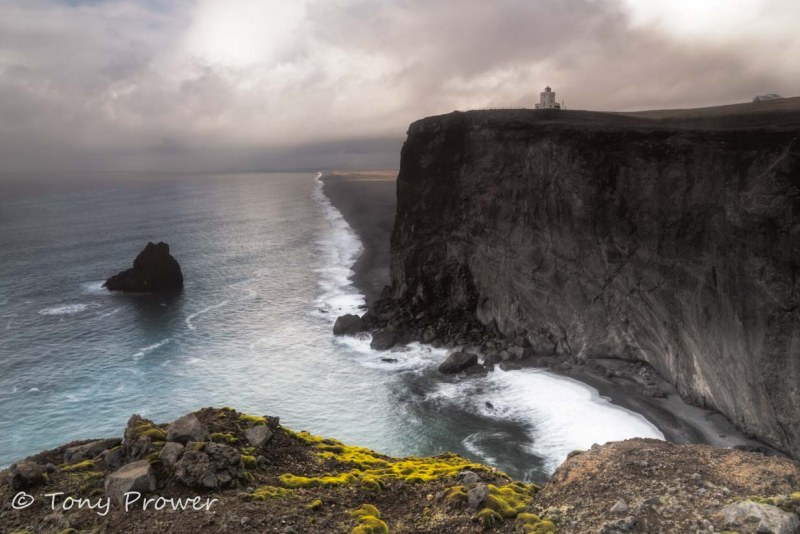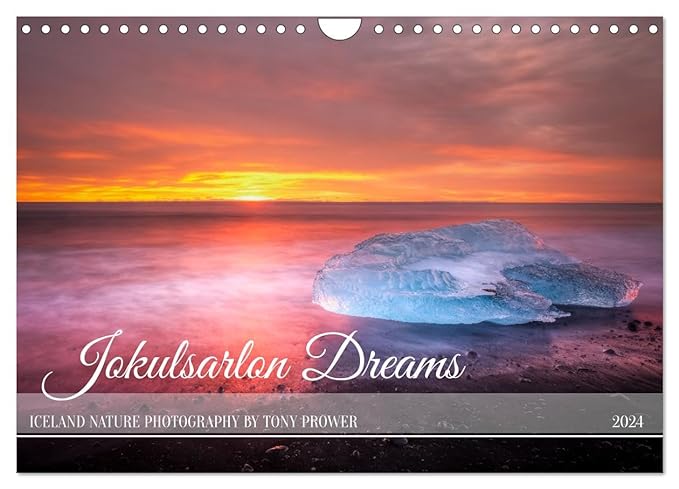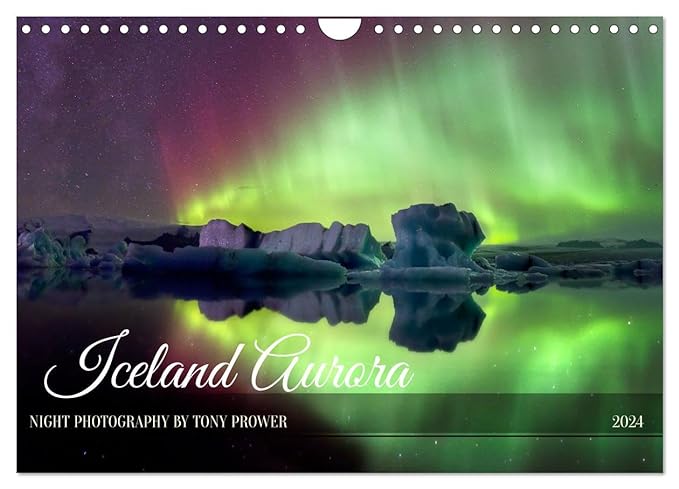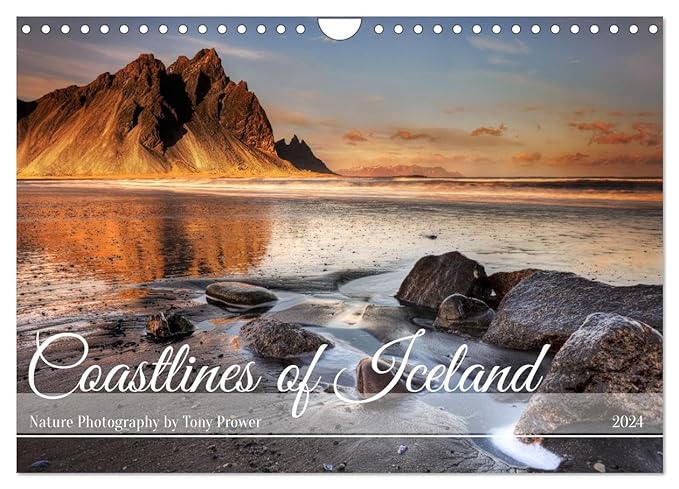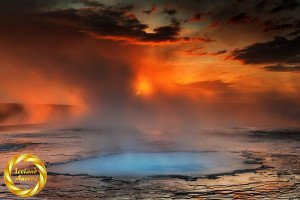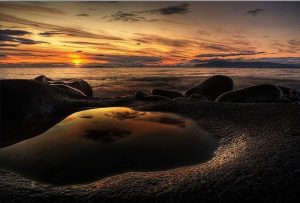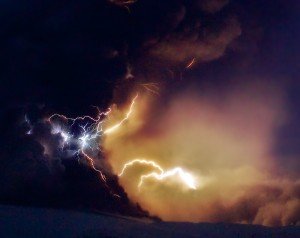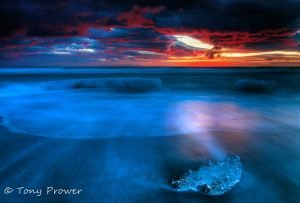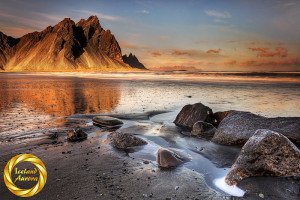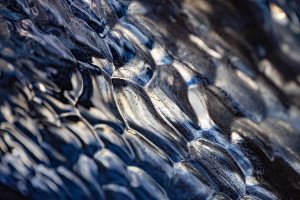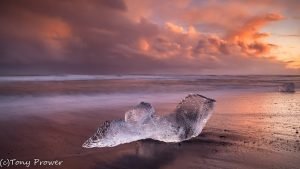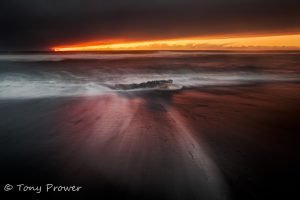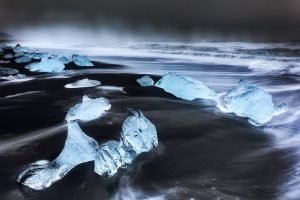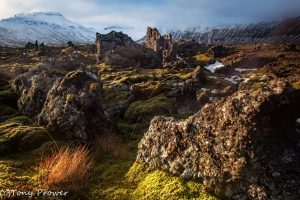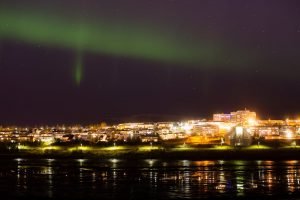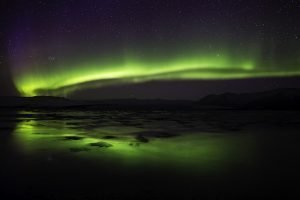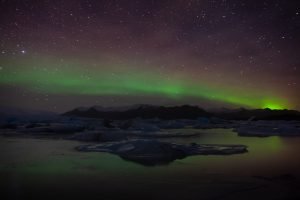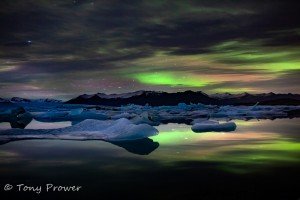Thoughts
“Be careful of your thoughts, because your thoughts become your words.”
In one of Ansel Adams’ last interviews, he talks about photography being like any art and requiring discipline. This article is to explore my thoughts about what exactly photographic discipline is. This will likely prove to be an immensely boring article… you have been warned!
Private Northern Lights Tours
Words
“Be careful of your words, because your words become your actions.”
Discipline is about forming good habits. Taking photographs requires a complex series of actions. Different actions lead to different results, if the desired results are not achieved, the actions should be addressed.
Actions
“Be careful of your actions, because your actions become your habits.”
In considering where discipline should be applied to photography, I should look at those actions which prevent me getting those good shots and those actions which help you achieve good shots. Obviously, once these actions have been identified, I should aim to modify the bad and harness the good.
I will attempt to address the following areas:
- Mind and Body
- Care of main equipment.
- Photographic procedure
- Careful post-processing
- Being prepared
The mistakes you make earlier in the photographic process are the hardest to correct.
Mind:
I have often considered the similarities between meditation and photography. I would go as far as to say that photography is an active form of meditation. It enable the mind to be free of distractions of the past and future and the photographer is able to be in the here and now. So there should be advantages to photography by practising meditation techniques. My reasoning is that if the mind finds it easier to get into the here and now and to be free from distractions, the photography part of the brain will be naturally more efficient.
Body:
Having spent 30 years suffering with unknown foot pain, I understand the importance of ‘body’ in my photographic discipline. Are you too fat to get down low for those super perspective landscape photos? Are you unable to get to the top of that hill because of your arthritis or asthma? or simply out of shape? Just like Betty (my trusty Patrol), my body requires regular check ups and maintenance as well as high quality fuel at least once in a while. Are there steps I can take to eliminate or discourage floaters in my eyes?
Are you a sporty person in Reykjavik? Do you have undue aches and pains? You need Guðbrandur Einarsson on your team. Guðbrandur is a top massage therapist – he gets straight to the point.
Camera:
Being careful to allow my camera dry and air properly between tours is an important way of reducing fogging issues. It is good to know the space between lens and filter is spotless and dry – at least at the beginning of the trip. All batteries fully charged – check. Clean lens cloths… and for God’s sake Tony, start using lens caps!!
Photography technique:
This is the big one. A good landscape technician will have a checklist – basically; composition, exposure, focus, filter, timing. Each of these points could have their own checklists. Many experienced photographers with cover half the checklist without being aware of it. Discipline means checking the critical stages of Landscape techniques. Critical stages refer to things that cannot be changed after the picture has been taken, such as composition, focus, polarisation. I would also suggest exposure, but modern DSLRs have extremely good dynamics.
Careful post-processing
Anyone who has played with photoshop or any photo editing tool should be aware of how important it is to hold back on saturation and contrast sliders. There is no right way to process and image and unfortunately the high saturation, high contrast images tend to do better on social media sites where the image is first viewed as a thumbnail Quite simply, the super colours grab twice as much attention as a naturally processed counterpart. Discipline in post-processing is keeping it real, being true to the scene and avoiding the temptation to be popular. What I find quite often is that images can become over-processed very gradually. Long photoshop sessions without a break for your eyes can easily go wrong. I also find that returning to editing after along break can also lead to disaster. Keeping your editing session brief, but frequent, is the best way to build a consistency. I think that ‘Consistency’ is a keyword in the visual arts and personal discipline.
Life Long Learning
As camera gear advances and editing software becomes more technical having the right attitude is important. The right attitude is to commit to life-long learning. Learning curves will flatten in most art forms and maybe this is the cause of creative blocks. Keeping yourself challenged is important. Not being afraid of making mistakes is important. There is always something to learn about cameras and lenses. There are plenty of online courses to keep your skills going in the right direction. Even if you think you have learned all you need to know about photography, you can challenge yourself with new subject matter. Travel photography is a great way to find fresh and unique photographic subjects.
Summary
The basics of discipline in photography:
I have come to realise exactly what Ansel Adams was talking about when he mentioned “discipline”. I felt it 8 years ago, at the start when I was camping at Hali, I was there to take photographs, but procrastination had set in after a cold night in a tent… but I got out there and did it, I forced myself into a days worth of shooting. I felt it on a recent tour, I was there to take photographs, but procrastination has set in after driving for many hours. Discipline in photography is the dismissal of thoughts relating to “I really just can’t be bothered”. It can be very difficult sometimes to do a simple thing like stopping and getting your camera out when there is a chance of a good shot. Beating procrastination is the key to becoming a disciplined photographer.
